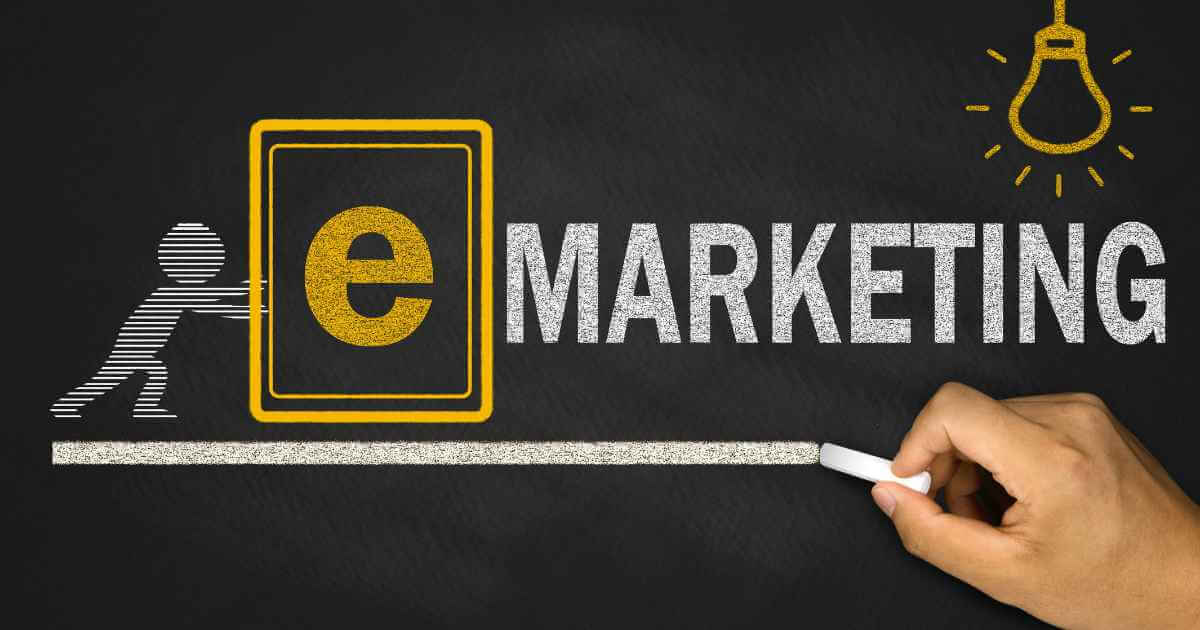In today’s fast-paced digital age, electronic markets, often abbreviated as e-markets, have revolutionized the way businesses operate and consumers shop. E-market encompasses a wide range of online platforms where the buying and selling of goods and services occur, facilitated by the internet and electronic devices. This article delves into the world of e-markets, covering what they are, the different types, strategies employed, real-world examples, their functions, and addressing frequently asked questions.
What is an E-Market?
An electronic market, or e-market, is a digital platform that connects buyers and sellers, facilitating transactions over the Internet. E-market comes in various forms and sizes, catering to a multitude of industries and consumer needs. These platforms have transformed traditional commerce by offering a convenient, accessible, and often cost-effective way for businesses and individuals to conduct trade.
Types of E-Markets
B2B (Business-to-Business) E-Markets:
- B2B e-markets are designed for companies to conduct transactions with other businesses. These platforms serve as a hub for procurement, supply chain management, and wholesale trading.
- Examples: Alibaba, TradeIndia, Ariba Network.
B2C (Business-to-Consumer) E-Markets:
- B2C e-markets are geared towards selling products and services directly to consumers. They offer a wide array of goods, from electronics to fashion.
- Examples: Amazon, eBay, Walmart.com.
C2C (Consumer-to-Consumer) E-Markets:
- C2C e-markets enable individuals to buy and sell products or services to other individuals. These platforms often act as intermediaries, facilitating transactions.
- Examples: Craigslist, Facebook Marketplace, Etsy.
E-Government Marketplaces:
- E-government marketplaces are used by governments to procure goods and services from vendors. These platforms enhance transparency and efficiency in public procurement.
- Examples: U.S. Federal Business Opportunities (FBO.gov), India’s Government e-Marketplace (GeM).
E-Market Strategies:
- SEO and Digital Marketing: Optimizing a website for search engines (SEO) and using digital marketing techniques, such as pay-per-click advertising, email marketing, and social media promotion, to increase visibility and attract potential customers.
- Content Marketing: Creating and sharing valuable, relevant content, such as blog posts, videos, and infographics, to establish authority in the industry and engage with the audience.
- Data Analytics: Leveraging data analytics to gain insights into consumer behavior, market trends, and performance metrics, allowing businesses to make informed decisions.
- Mobile Optimization: Ensuring that e-markets are mobile-friendly to cater to the growing number of consumers who shop using smartphones and tablets.
- Customer Personalization: Implementing personalized recommendations and experiences based on user preferences and behavior, enhancing customer satisfaction and retention.
E-Market Examples
- Amazon: Amazon is the world’s largest B2C e-marketplace, offering a vast array of products and services. Its success lies in its user-friendly interface, fast delivery options, and extensive seller network.
- Alibaba: Alibaba is a global B2B e-marketplace that connects businesses and suppliers from around the world. It offers a wide range of products, including manufacturing equipment and consumer goods.
- eBay: eBay is a popular C2C e-marketplace where individuals can buy and sell new or used products. It utilizes auction-style listings and fixed-price selling.
- Etsy: Etsy is a niche C2C e-marketplace focused on handmade and unique items. It caters to artisans and crafters, providing a platform to showcase and sell their creations.
- GeM (Government e-Marketplace): GeM is India’s B2G (Business-to-Government) e-marketplace, simplifying government procurement by centralizing the buying process. It promotes transparency and efficiency in government transactions.
Functions of E-Markets
- Transaction Facilitation: E-markets streamline the buying and selling process, providing a secure platform for transactions. They often offer payment gateways, ensuring the financial security of both buyers and sellers.
- Market Research: It provides valuable data and insights into consumer behavior and market trends, aiding businesses in making informed decisions and improving product offerings.
- Global Reach: It transcends geographical boundaries, allowing businesses to access a global customer base. This opens up new opportunities for expansion and growth.
- Cost Reduction: Online marketplaces can significantly reduce overhead costs associated with physical storefronts, such as rent, utilities, and in-store personnel.
- Customer Engagement: It enables businesses to engage with their customers through various channels, including reviews, ratings, and social media interactions, fostering trust and loyalty.
- Inventory Management: Many markets offer tools for inventory management, helping businesses keep track of stock levels and replenish items as needed.
FAQs
Yes, reputable e-markets implement security measures to protect user data and financial transactions. Always look for secure payment options and read reviews before making purchases.
E-markets typically have return and refund policies that vary by platform and seller. Be sure to familiarize yourself with these policies before making a purchase.
The quality of products on e-markets can vary. Look for trusted sellers, read product reviews, and consider purchasing from established brands to minimize risks.
Yes, most e-markets charge fees to sellers, which can include listing fees, transaction fees, and subscription fees for premium services. These fees vary by platform.
To succeed in e-markets, businesses should focus on product quality, customer service, and effective digital marketing strategies. Understanding the platform’s algorithms and customer preferences is also crucial.
Conclusion
E-markets have become integral to modern commerce, offering diverse opportunities for businesses and individuals to buy and sell products and services. Whether you’re a consumer looking for convenience or a business seeking a broader customer base, e-markets have transformed the way transactions are conducted. By understanding the different types of e-markets, employing effective strategies, and leveraging their functions, businesses and consumers can thrive in the ever-evolving digital marketplace.
